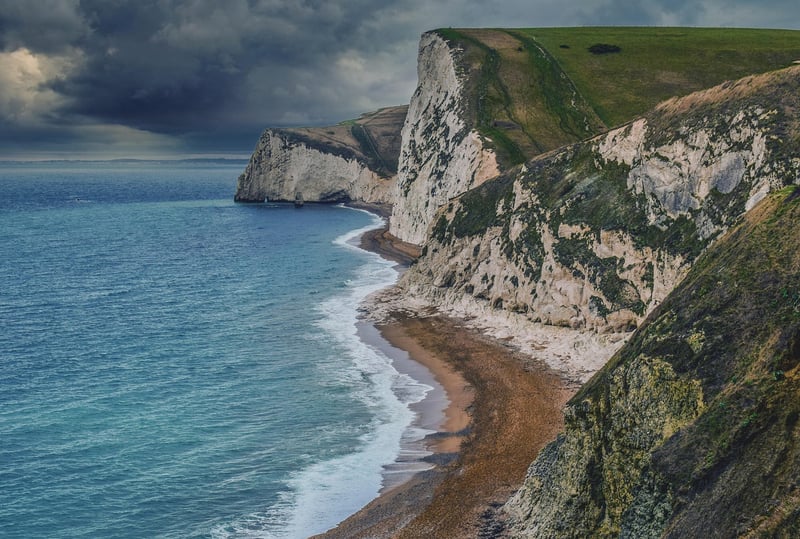Jurassic Period
The Jurassic Period: A Time of Excitement and Wonder
The Jurassic Period, spanning from 201.3 million to 145 million years ago, is known for its diverse ecosystems and fascinating creatures. This period is often synonymous with the age of dinosaurs, where iconic species like the Brachiosaurus, Stegosaurus, and of course, the mighty Tyrannosaurus rex roamed the Earth.
Exploring the Jurassic World
During the Jurassic Period, the supercontinent Pangaea began to break apart, leading to the formation of new landmasses and oceans. The climate was warm and tropical, with lush forests covering much of the land. Dinosaurs dominated the terrestrial environments, while marine reptiles like the Plesiosaurs and Ichthyosaurs ruled the seas.
Key Features of the Jurassic Period:
- Abundance of Dinosaurs
- First Birds and Mammals
- Pangaea Starts to Break Apart
- Evolution of Flowering Plants
Impact on Modern Life
The legacy of the Jurassic Period can still be seen today. Many groups of organisms that originated during this time continue to thrive, including birds, mammals, and flowering plants. Additionally, the study of Jurassic fossils provides valuable insights into the evolution of life on Earth and helps us understand the planet's history.

Visiting Jurassic Sites
For those fascinated by the Jurassic Period, there are numerous sites around the world where you can explore fossils, footprints, and geological formations from this ancient time. Places like the Morrison Formation in the United States, the Jurassic Coast in England, and the Solnhofen Limestone in Germany offer glimpses into the prehistoric world.
Further Reading:
Explore more about the Jurassic Period and its incredible inhabitants:
National Geographic - Jurassic PeriodImmerse yourself in the wonders of the Jurassic world and uncover the mysteries of a bygone era!
